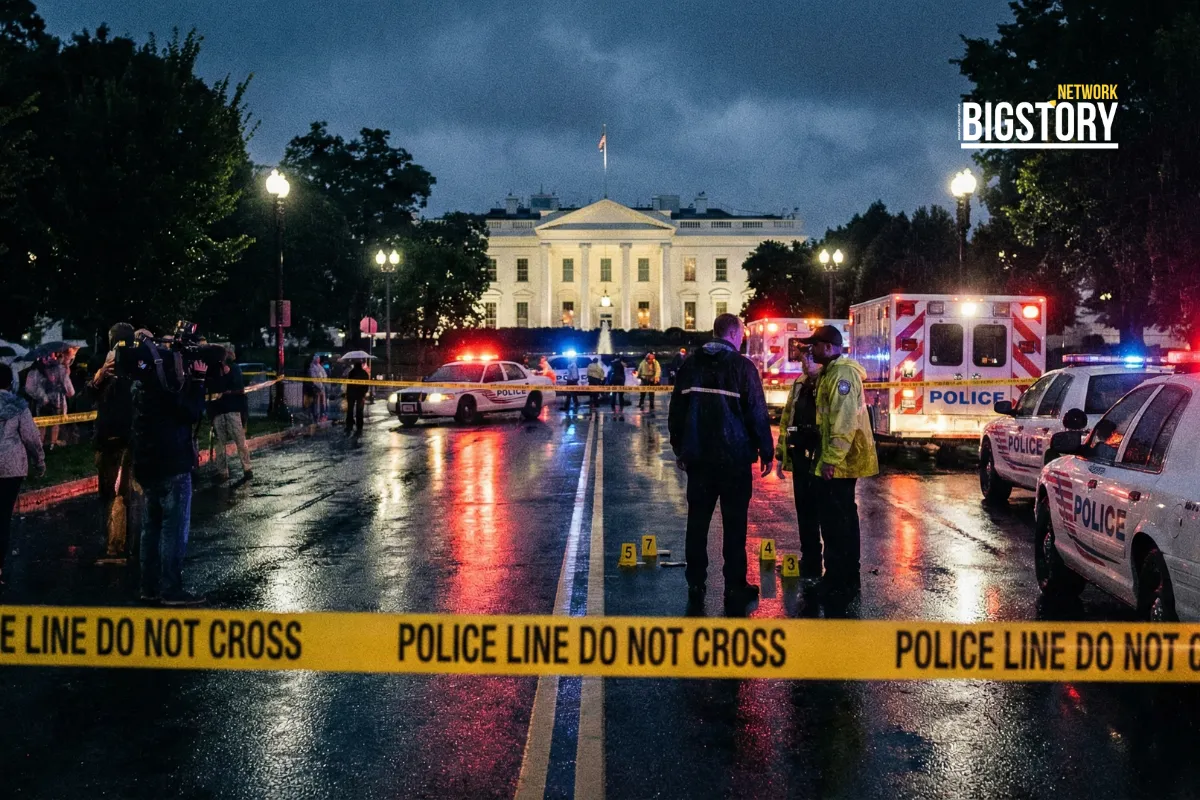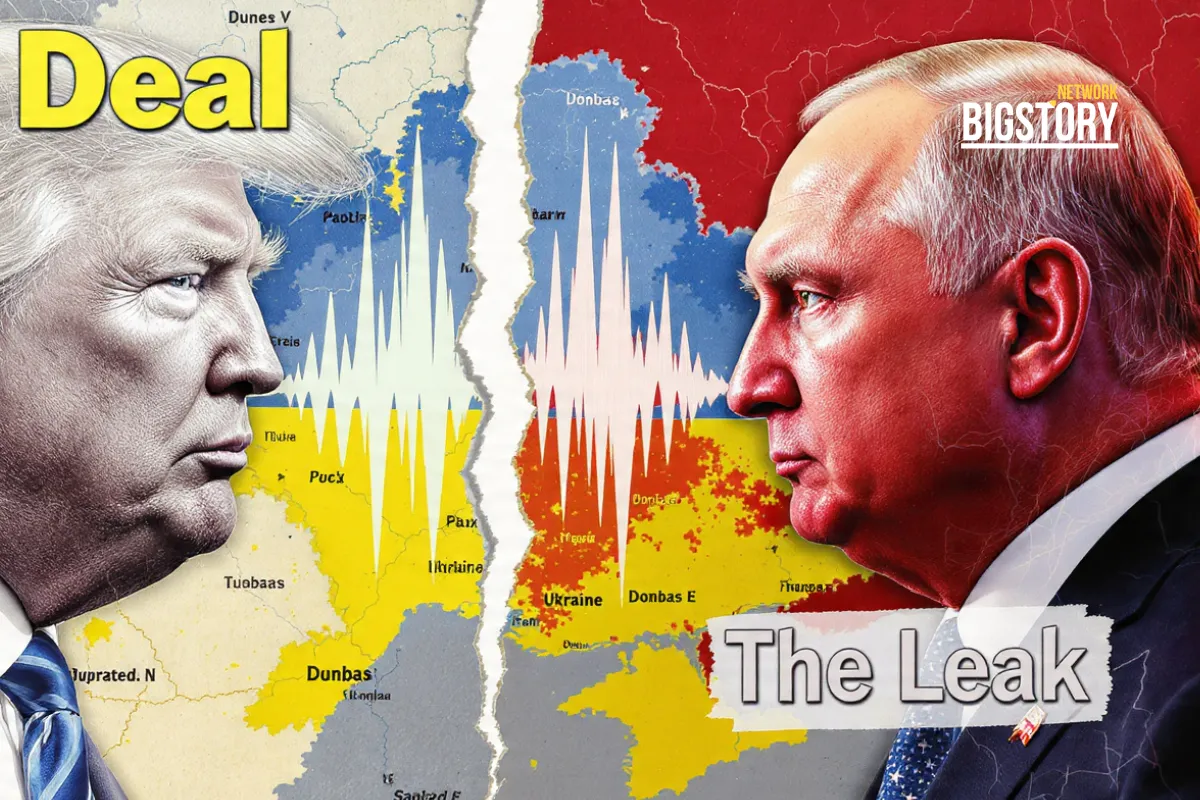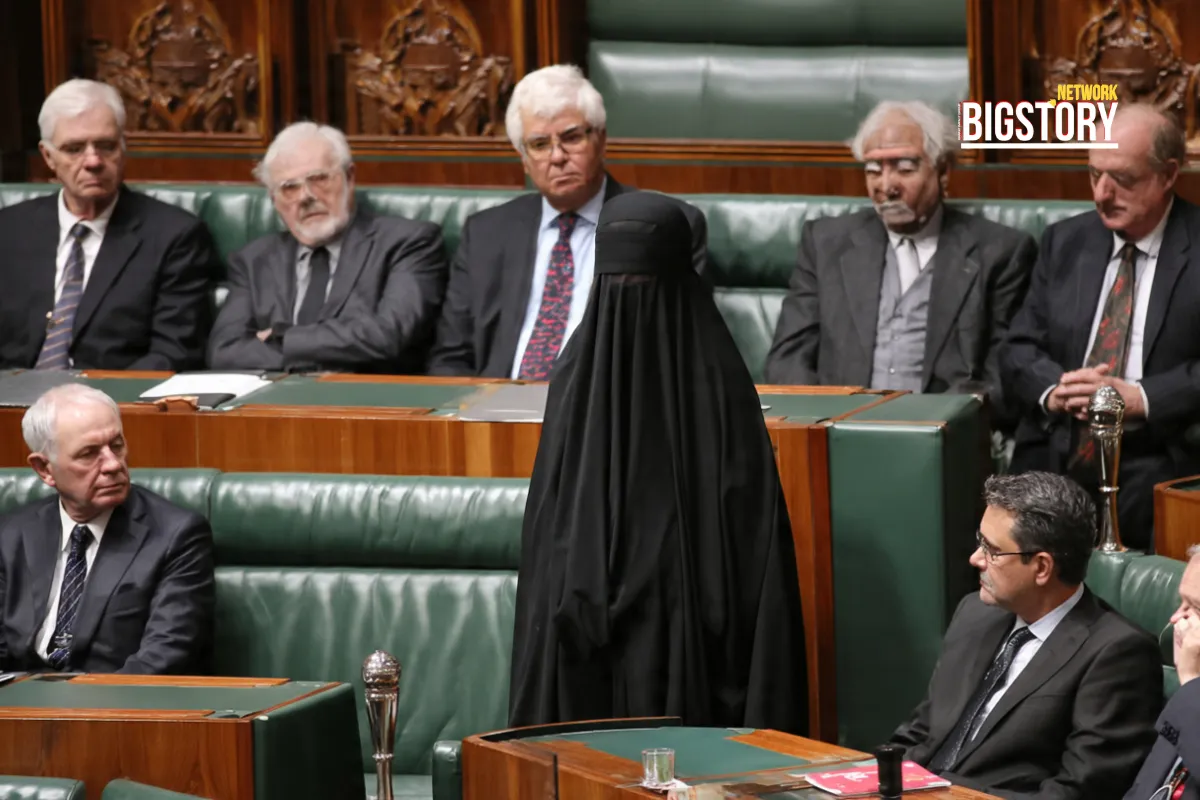Over 110,000 join Tommy Robinson-led anti-immigration rally in London. 26 police injured, 24 arrested. PM Starmer condemns far-right violence.
 Sseema Giill
Sseema Giill
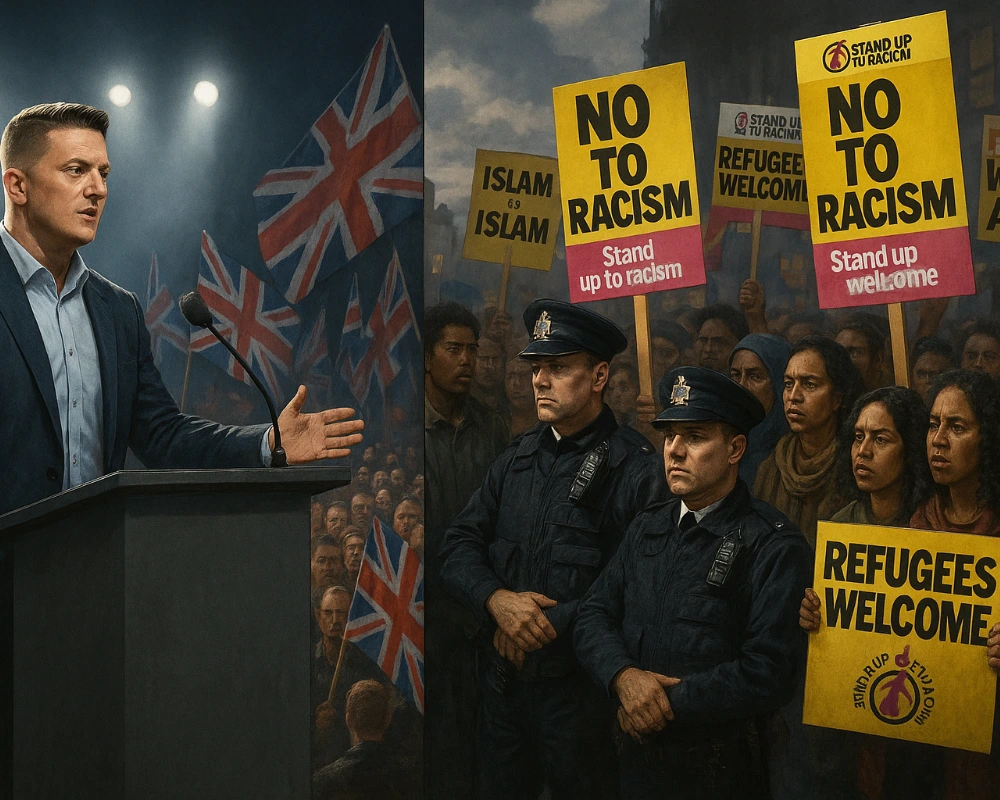
Central London witnessed one of Britain’s largest far-right demonstrations in decades. Branded the “Unite the Kingdom” rally, the protest led by anti-immigration activist Tommy Robinson drew more than 110,000 people to the streets.
What began as a show of force against immigration policies soon spiraled into violent clashes with police, leaving 26 officers injured and 24 people arrested.
The Metropolitan Police deployed over 1,000 officers to manage the crowd, but tensions quickly escalated when protesters tried breaching security barriers. Four officers suffered serious injuries including head trauma and broken teeth.
At the same time, around 5,000 counter-protesters, led by the anti-racism coalition Stand Up to Racism, staged demonstrations near Whitehall.
The rally featured controversial speeches, including a virtual appearance by Elon Musk, who told protesters to “fight back or die.” French far-right figure Éric Zemmour and German MP Petr Bystron also addressed the crowd, underlining the event’s international far-right links.
This rally followed a summer of rising anti-immigration sentiment across the UK. Key triggers include:
Tommy Robinson, whose real name is Stephen Yaxley-Lennon, has been a central figure in these protests. He was recently released from prison after serving an 18-month sentence for contempt of court.
Anti-racism watchdog Hope Not Hate described the march as “probably the largest far-right demonstration ever in Britain.”
Observers warn that the scale and intensity of the protests mark a new phase in Britain’s immigration debate, where politics, economics, and nationalism collide.
Immigration has now overtaken economic concerns as the UK’s most divisive political issue. The Labour government is under mounting pressure to:
The London protests echo far-right mobilizations across Europe and the US. Musk’s involvement highlights how international figures are amplifying UK domestic unrest, pushing calls for “revolutionary government change.”
The UK immigration protests of 2025 mark a watershed moment in British politics. With over 110,000 people rallying under Tommy Robinson, the event signals that immigration will remain the defining political battleground in the months ahead.
The government’s challenge: to balance public concerns, economic realities, and social cohesion—all while confronting rising far-right populism at home and abroad.
Q1. Who led the London immigration protests?
The rally was led by far-right activist Tommy Robinson.
Q2. How many people attended the protest?
Over 110,000 protesters joined, making it one of Britain’s largest far-right rallies in decades.
Q3. Was Elon Musk involved?
Yes, Musk delivered a virtual speech, urging protesters to “fight back or die.”
Q4. What was the police response?
The Metropolitan Police deployed more than 1,000 officers. 26 officers were injured, and 24 protesters were arrested.
Q5. Why are immigration protests rising in the UK?
Key triggers include asylum hotels, Channel crossings, and economic pressures, which fuel public resentment.
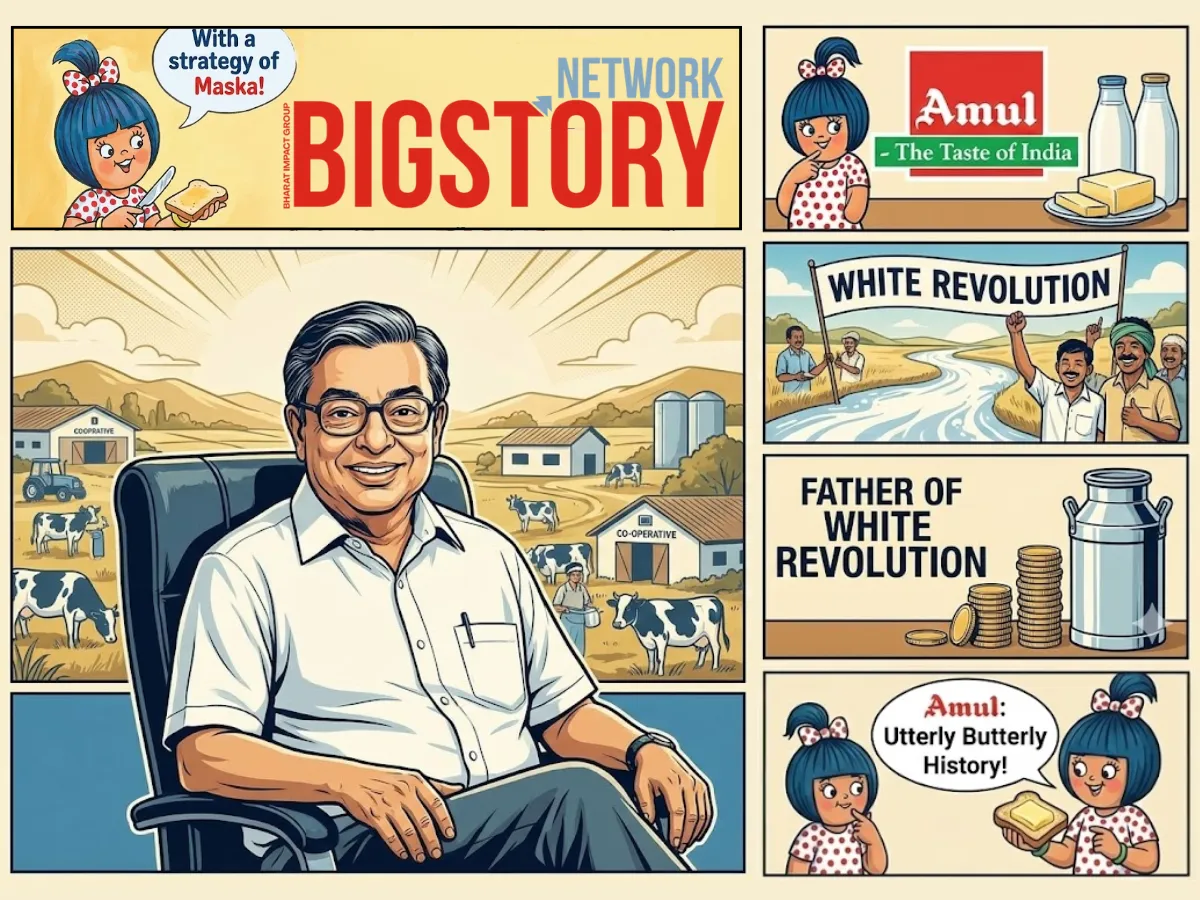
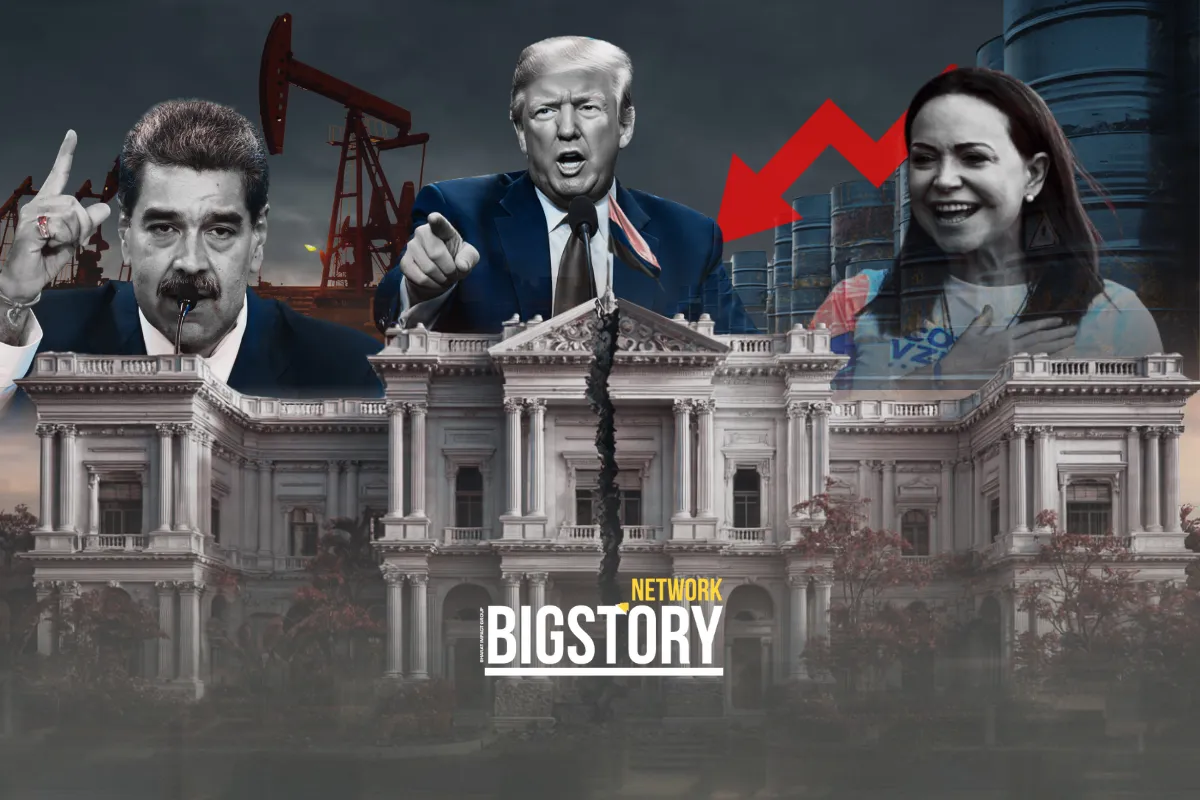
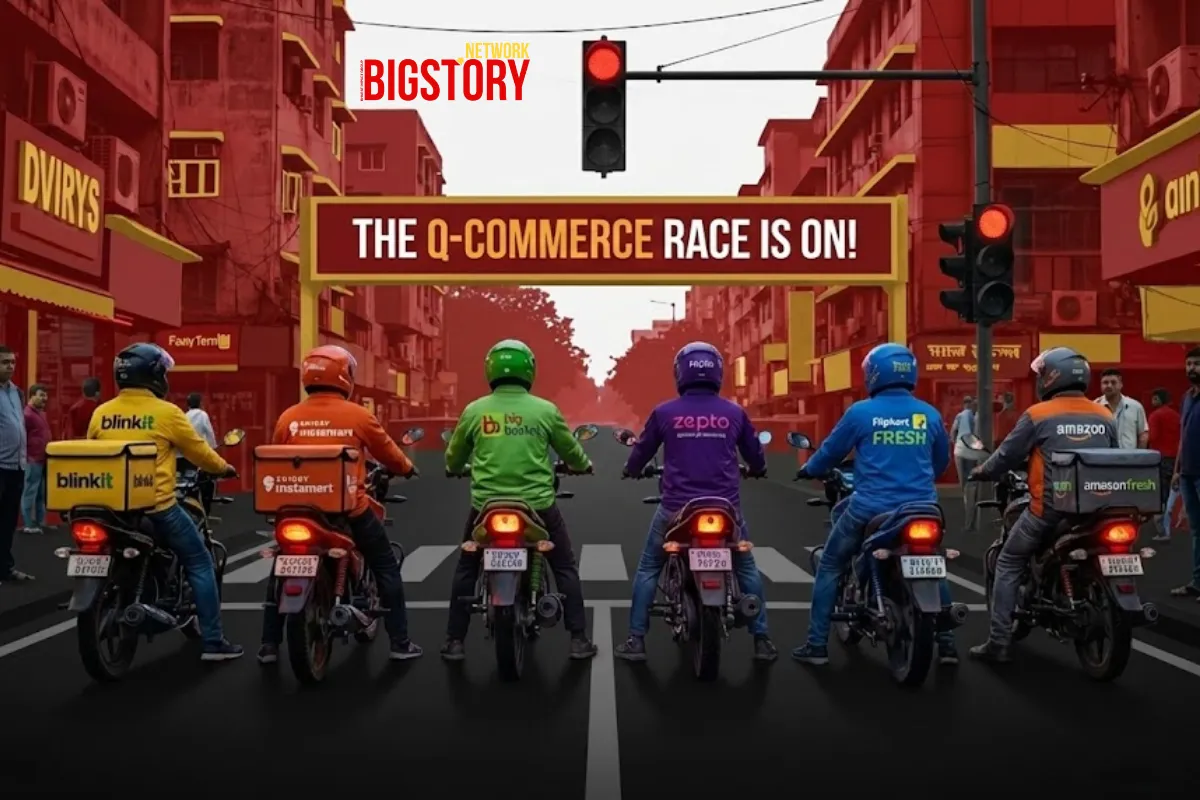


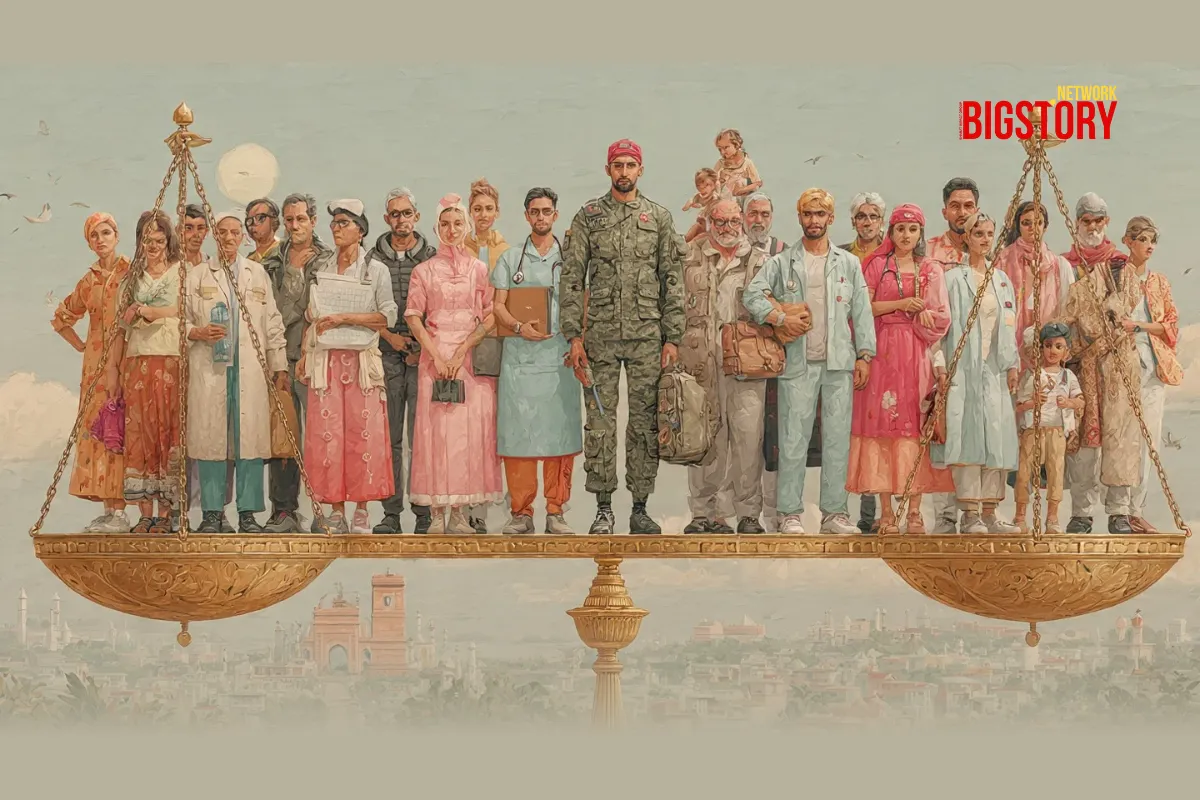
Sign up for the Daily newsletter to get your biggest stories, handpicked for you each day.
 Trending Now! in last 24hrs
Trending Now! in last 24hrs
